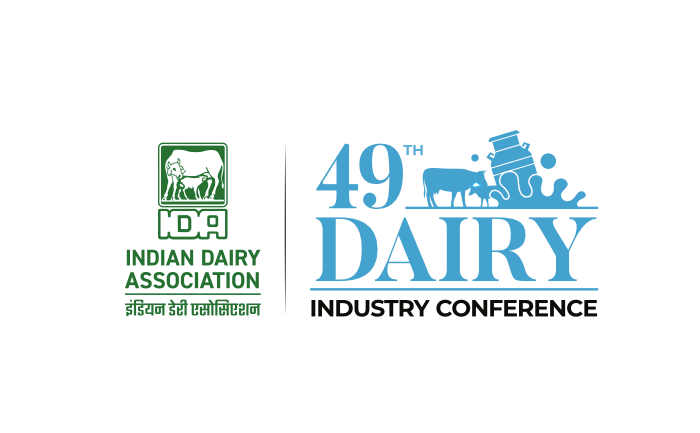India’s dairy offers opportunities and challenges

Image: Indian Dairy Association
The Indian Dairy Association is holding its 49th industry conference on 16-18 March, with the theme, “India Dairy to the world: Opportunities & Challenges.” It is in cooperation with its Gujarat State chapter and will be held in Gandhinagar, Gujarat. The organisers note it will be the first post pandemic physical meet up and 5,000 are expected to attend.
The conference will be a platform for attendees to come together and discuss global dairy trends, farm innovations, sustainability within the sector, climate change, nutrition and health in India. Speakers include Piercristiano Brazzale, president of the International Dairy Federation (IDF), Caroline Emond, the director general of the IDF, as well as Shiri Meenesh Shah, chairman of India’s National Dairy Development Board.
“To say that dairying in India has grown by leaps and bounds in the last seven decades of India’s independence would be an understatement. From a milk deficit in 1947 to becoming the largest dairy nation of the world in 1997, India has become a global powerhouse today,” the organisers note.
Small and marginal farmers are the driving force of the sector in the country. Globally, it accounts for 23 per cent of global milk production, with the dairy industry contributing 5.2 per cent to the national economy, the Indian Dairy Association says. It directly supports over 100 million farmers and has seen a 6.4 per cent increase in growth over the last five years.
Meanwhile, the industry has grown significantly over the last 20 years, supported by initiatives from the government. As a result, the nation’s milk production increased at a compound annual growth rate (CAGR) of 6.2 per cent, from 146 million tonnes in 2014-2015 to 210 million tonnes in 2020-2021, according to the Indian government.
In June 2020, the government of India, in association with the Department of Animal Husbandry and Dairying, announced a $2.1 billion (€1.95bn) infrastructure development fund, with an interest subsidy scheme, to promote investment by private players and MSMEs in dairy, meat processing and animal feed plants, which is expected to create 3.5 million jobs. There is an infrastructure gap of 120 to 130 million tonnes with investment potential of $18-20 billion.
Marketwise, butter and spreads are expected to expand by eight per cent CAGR, to reach $4.2bn by 2026. Owing to the increasing demand for dairy products by the growing population, higher purchasing power of the customers and an expanding aversion for unbranded and loose products, the government estimates that milk production should reach 628 million metric tonnes over the next 25 years.
Booking and details: www.indairyasso.org, or www.ideadairyconference.com
